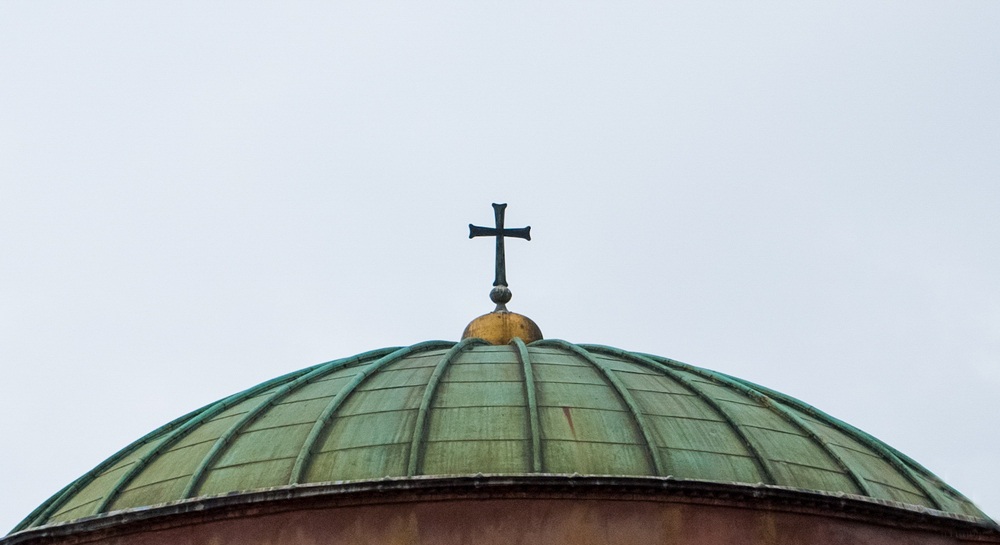Church of Agia Sophia (Hagia Sophia)
Agia Sophia is a cruciform church, the first ever domed in Thessaloniki and is one of the most important monuments of Christianity.
Location
Timeline
Modern and Contemporary era (1912 - )
1912 Reopened as a Christian church.
1913 The Bulgarian guard had been fortified inside the church during the bloody battle with the Greek soldiers.
Ottoman era (1453- 1912)
1523 On this or the following year, it was converted into a mosque.
1890 It was destroyed by a great fire. The Turks repaired it in the early 20th century under the supervision of Byzantinologist Charles Diehl, adding decorations, preserved to this day. As early as the end of the Ottoman period, an interest in Byzantine monuments began, both by scientists (inside and outside the empire) and the Gate (Ottoman Palace).
Byzantine era (331 AC- 1453)
Constructed during either the 7th or the 8th century AD. Archbishop Pavlos is mentioned as the owner of the church. Here was the city's administrative centre.
1204 During the Frankish period (ending 1224) it was converted into a Catholic cathedral.











Share